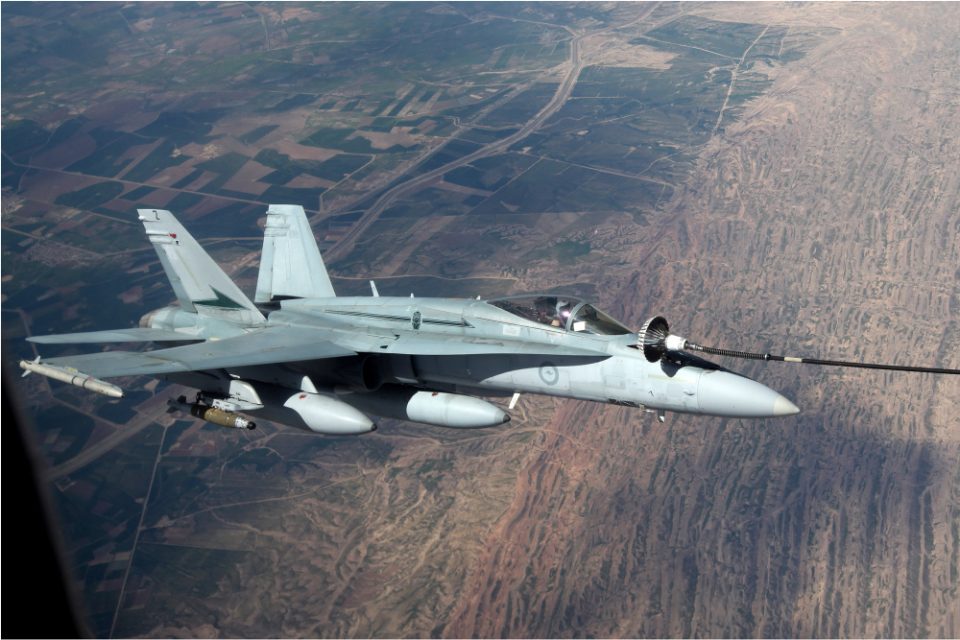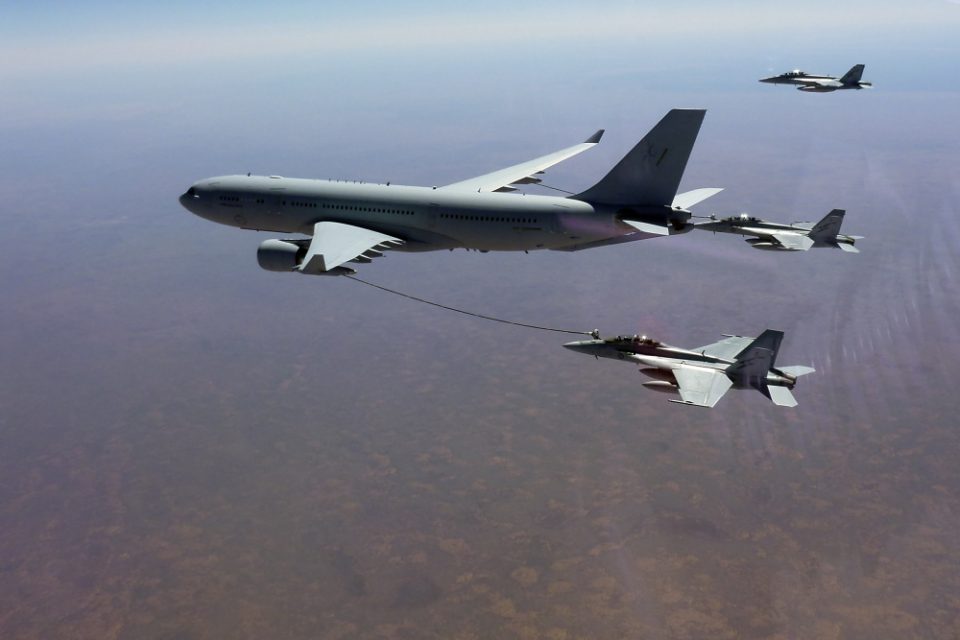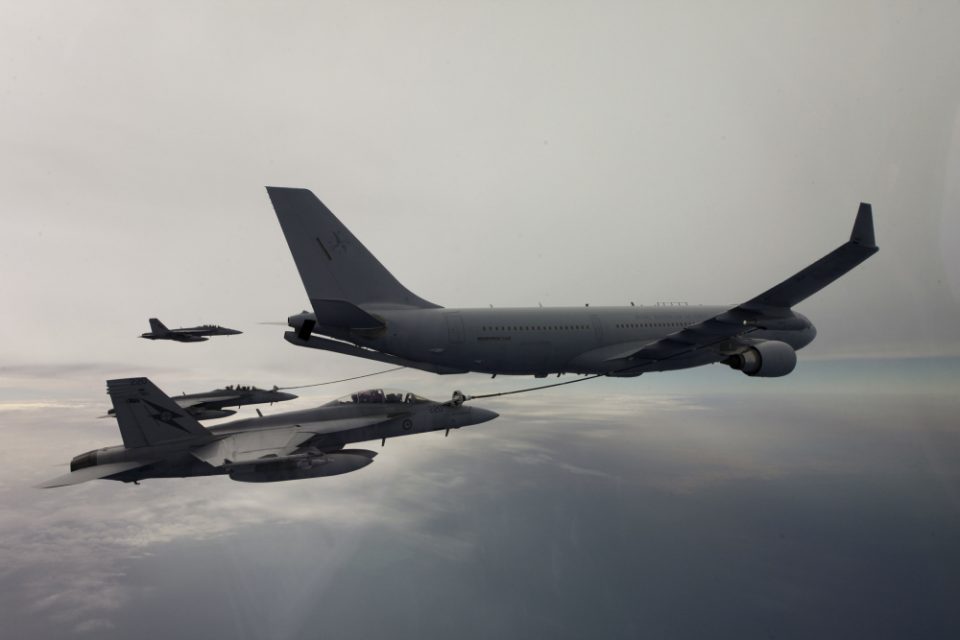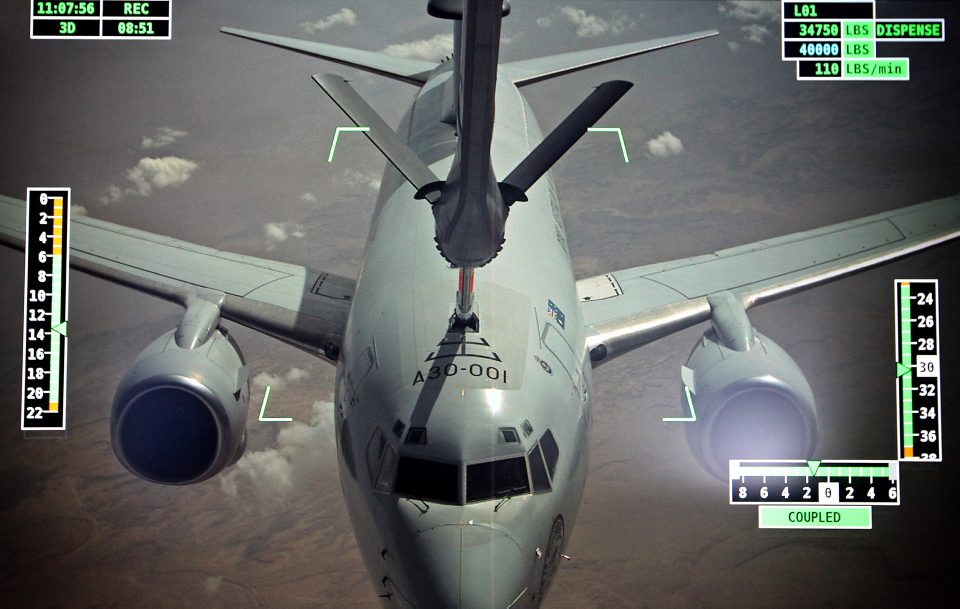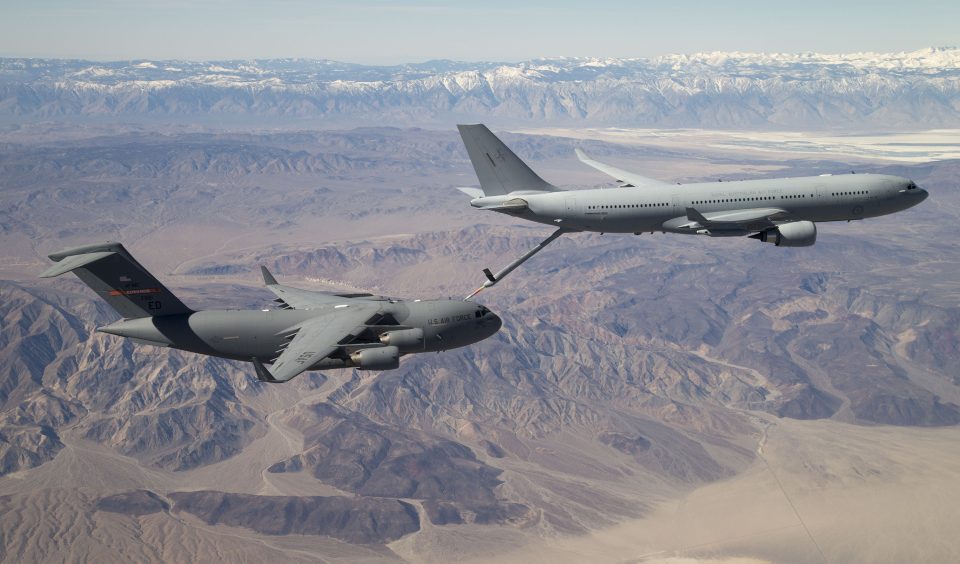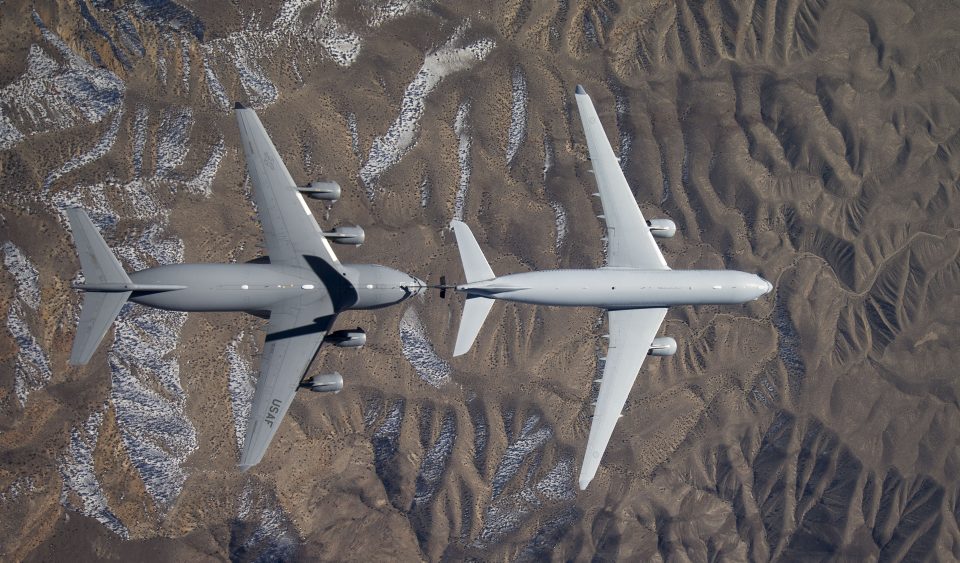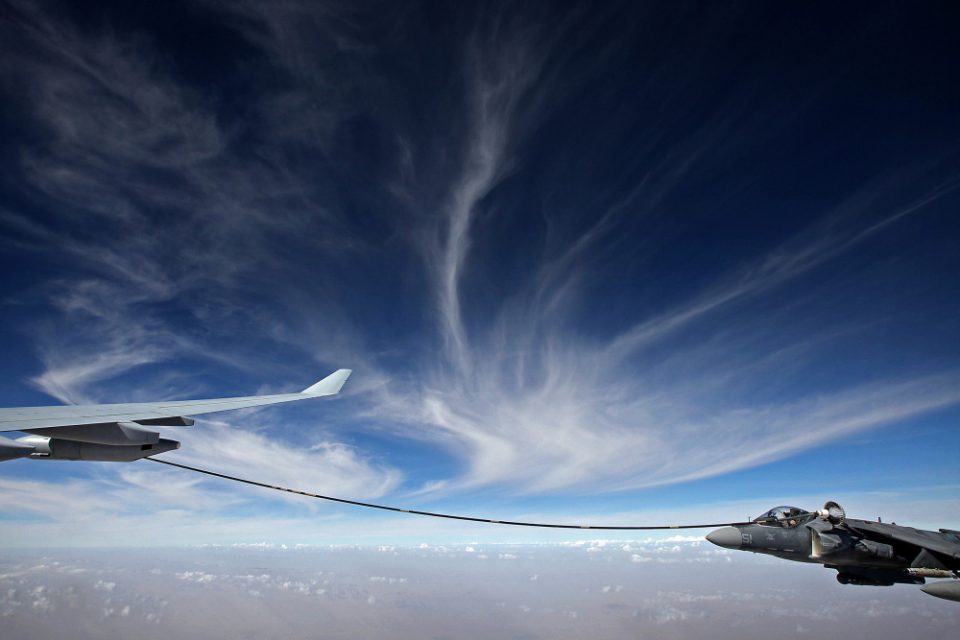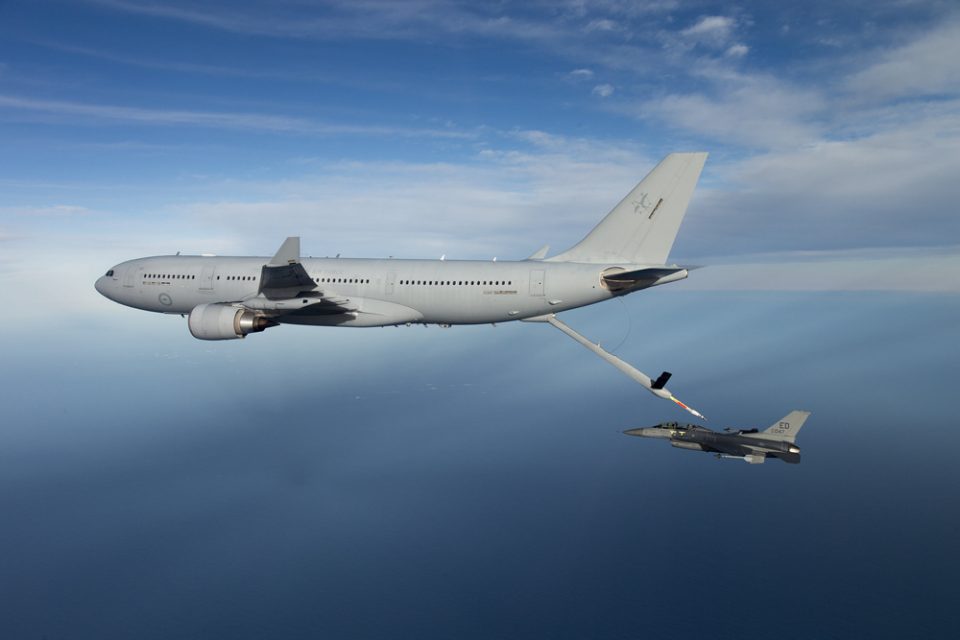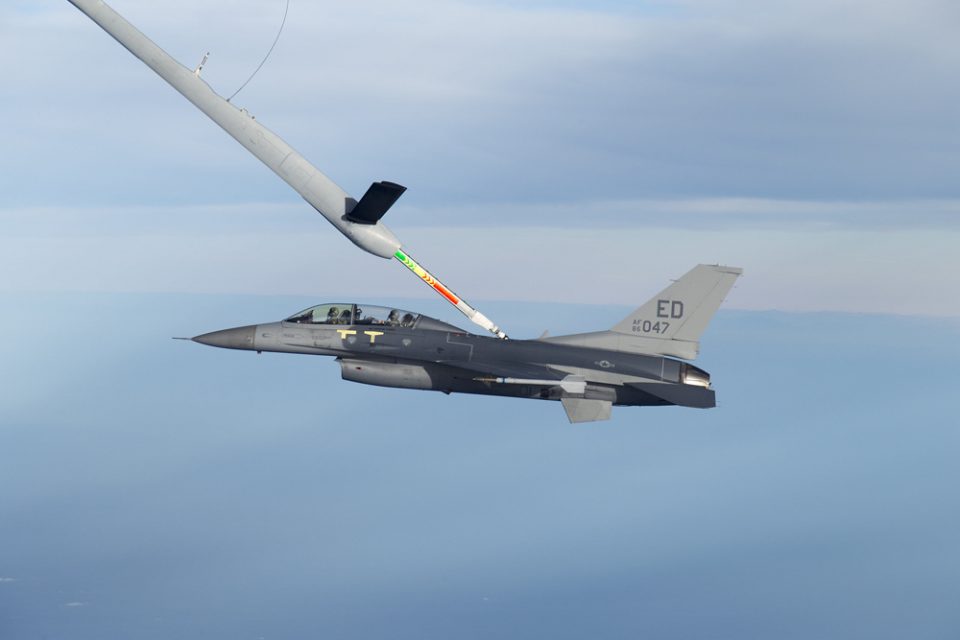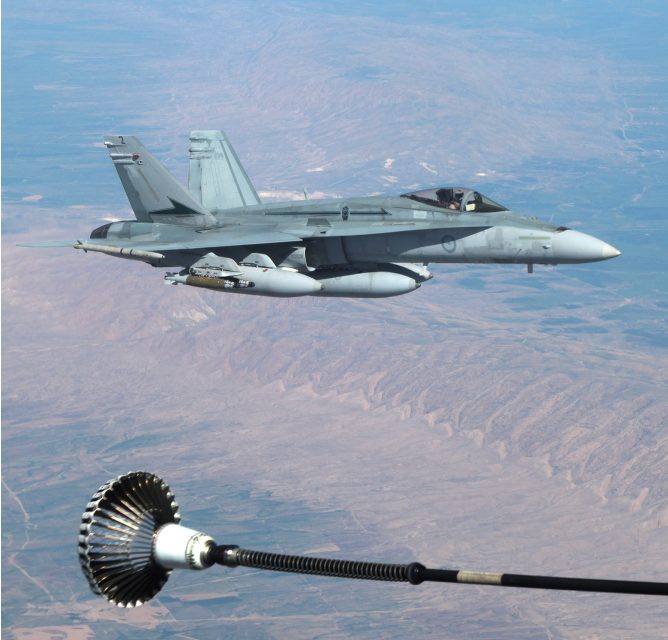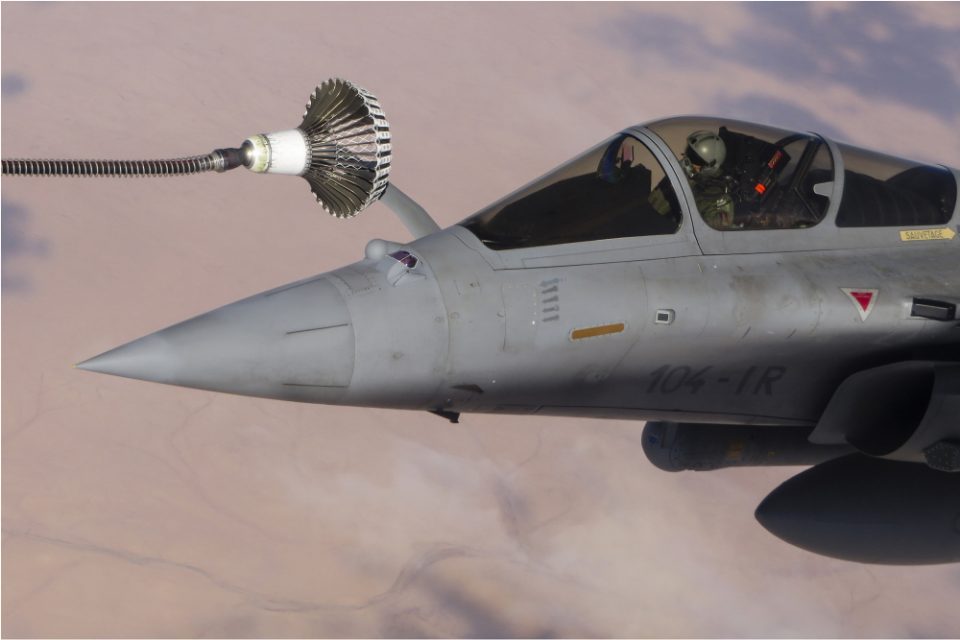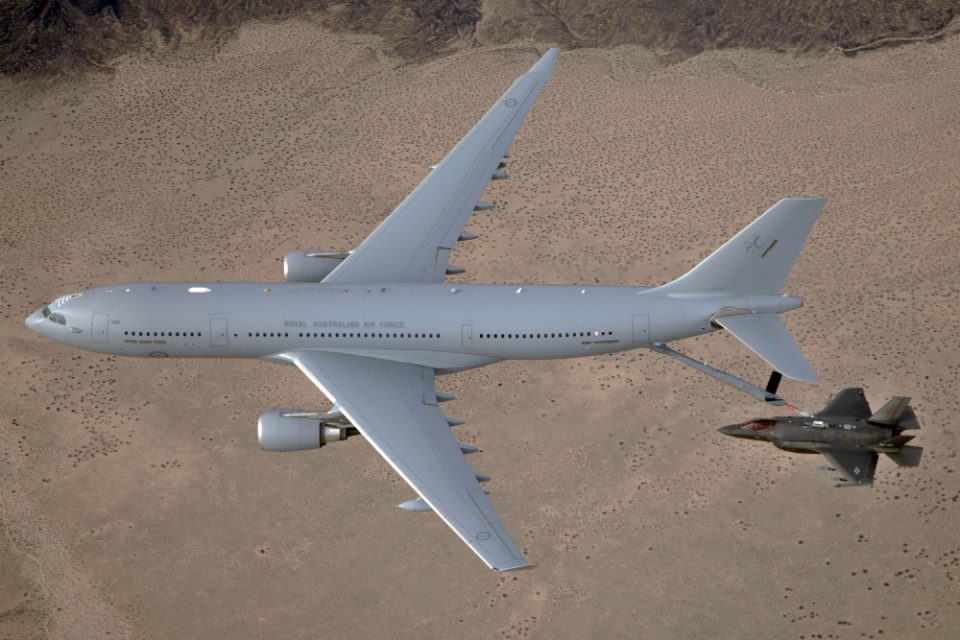2016-04-07 By Robbin Laird
A key part of the dynamic of change for the evolution of the Royal Australian Air Force’s force package has been with regard to sustainable lift.
The first shift was when the C-17 entered the Air Mobility Group.
As Air Commodore Gary Martin, now the air attaché for the RAAF in Washington DC, but previously the Air Lift Commander, put it about the impact of the coming of the C-17:
I took over in late 2010 and was confronted with a set of demanding humanitarian support situations ranging from support to Tsunami relief in Japan to the earthquake in New Zealand and a fairly serious moment at Christmas Island.
We were in the process of shifting from a C-130 centric mind set to a C-17 mind set by which I mean shifting from thinking in terms of days to support an operation to hours.
The initial cultural change was on the part of the Australian Government.
Government suddenly realized that they had the speed and capacity to make an Australian flag appear anywhere in the South Pacific region within 12 hours. And then have a revisit capability within the next 24 hours or less if you’re utilizing two or more aircraft. This was a shift from a three to four day process to one of 12 hours.
The Prime Minister realized that the Government could have an immediate effect, and they could make a decision the night before, by 3:00 pm the following day an aircraft will be on the ground, with a load of whatever was required. And then can present to the Australian public the initial results on the 6 PM news.
This was a fundamental change to National power for Australia.
This changed us at ALG from being a tactical airlift Group to strategic airlift Group.
The next cultural change came with the KC-30A tanker, which led the Airlift Group to become the Air Mobility Group.
Here the KC-30A with its own reach and range, enabled the entire RAAF to deploy at great distances and speed, a change seen dramatically as the air task group arrived in the Middle East for the fight against Daesh.
The head of Air Mobility Group and now the Deputy Chief of Air Force in the RAAF, Air Vice-Marshal McDonald has highlighted the impact of the KC-30A as follows:
Question; On April 1, 2014, your command changed its name from Airlift Group (ALG) to Air Mobility Group (AMG).
You have gone from the Caribou/C-130 package to now a more comprehensive mobility package of C-130Js, C-27Js, C-17s and KC-30As which clearly is the material foundation for shifting the name, but how best to understand the transition?
Air Commodore McDonald: The shift was motivated in large because of the reintroduction of Air to Air Refueling (AAR) through the KC-30A and the growing maturity of this platform.
The shift also highlights the expansion of AMG capabilities of roles within the RAAF.
Renaming the Group signaled an important change to the focus of AMG and the way ahead. The name change also aligns us with naming conventions of both the RAF and USAF Air Mobility commands.
The current AMG Commander, Air Commodore Richard Lennon has become the head of AMG as the RAAF moves forward with Plan Jericho to look beyond the RAAF and its integration to helping shape a more effective integrated Australian Defence Force.
This is reflected in part by the dual hat which Lennon now wears as Commander of AMG and lead on air-land integration within the RAAF itself.
This means that each of the AMG assets, which have a core lift or tanking function, is being looked at in terms of how it can operate in the battlespace to shape more capability to work with the ground maneuver forces.
Last August, I interviewed Air Commodore Lennon in Canberra and we discussed the role, which he saw AMG playing in the Plan Jericho effort.
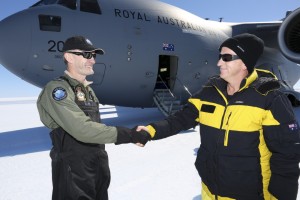
There is a concerted effort to augment the ability of the RAAF to go with ground forces to support operations, rather than just take them to operations.
In part this is about technology – adding comms and ISR links – but much more broadly a change in the concepts of operations and training, about which my meetings at Richmond with the C-130J squadron provided more details.
It is also about changing the role of the lifters and tankers in terms of how they will be equipped and operate in the battlespace.
They can function as nodes, IT transit elements, C2 enablers or repositories, but more generally, the question is how to use the real estate on the tanker – both outside and inside – to expand its role in the battlespace?
With regard to the shift from transport to force insertion support, this is a RAAF and Australian Army/Special Forces joint effort.
It is about adding SATCOM, ISR, and C2 assets to RAAF C-130Js, and C-17s.
What we discussed last August has become a core priority for Lennon in his command efforts.
And this priority was discussed both in during his presentation to at the Williams Foundation seminar on new approaches to air-land integration as well as in the interview which we were able to have during the week of the Airpower Conference and the Williams Foundation.
The technology is crucial to allow for an expanded working relationship between ground and air forces, but Lennon highlighted both in his presentation and the interview, the key role which exercising, deploying and thinking through together was for the integrated force.
“A group of people who are integrated need to operate as a team. You are not replacing each other’s key task or function.
But you have to understand each and every other person’s role in that team. You have to respect it.
You have to trust each other.
You have to know how you’re going to work together.
Because if you don’t have that trust, respect, knowledge of what everybody on the team is meant to do and when they’re supposed to do it, then you won’t be effective.
You certainly won’t win the championship.
When we talk about Air-Land Integration, air force and army need to get together and, and plan how we are going to roll out these new capabilities.
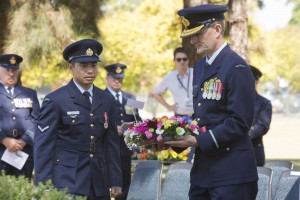
We have to deliver what the army needs, and the army needs to understand what we can deliver. And the only way you can do that is to get together on a regular basis, not on exercises, well before the exercises.
Talk.
Build confidence in each other.
Build trust in each other.
Get to know each other.
Become friends and develop that team mentality.”
During the presentation at Williams, Air Commodore Lennon went back into history to highlight key moments during World War II where airpower was able to play a decisive role in shaping the battle, including the ground battle.
At the presentation he highlighted noteworthy moments, such as the battle for New Guinea where air and ground operations were mutually supportive in the defeat of the forces of the Empire of Japan.
Lennon quote Lex McAulay and reminded the audience that “the Battle of Bismarck Sea was a battle for land forces, fought at sea, won by air.”
He argued that although the technology is changing, the approach to innovation rested on what was evident in the successes of World War II, namely cooperation among capable forces, which can operate effectively together.
He highlighted as well that maneuver forces were crucial then and are crucial today, and such maneuver forces operate most effectively when ground and air work collaboratively and innovatively together over distance and with speed.
“As an air force we do not exist for ourselves.
We operate to create an effect in the multi-domain battlespace or operating environment.”
We picked up these themes during the interview.
With regard to airlift, a key part of the effort is to deliver the ground forces to the point of interest as the “precision strike” weapon.
To do so, a core effort is to provide better situational awareness to the ground forces in transit.
Similar to what the USMC is doing for the ground combat element flying in the back of the Osprey, the Aussies are doing with regard to their C-17s, namely providing satellite communications in the back of the aircraft to support the ground forces on the way to their insertion mission.
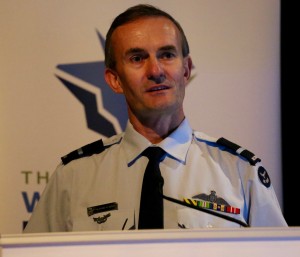
“What I’m doing is talking to all the stakeholders in the army and, and other support groups such as communications and information organizations, to ensure that everything is working in harmony.
At the technical level we’re going out to our users and saying, well, what do you need? And they say, well, we need a long-range forward air refueling capability. Okay. Well, how about we look at using a C-130 as a flying fuel tanker?
And so now we’ve developed a forward area refueling capability using the C-130s with the Blackhawks.
We’ve tried it in exercise. It works.
And now we’re just concluding the project by ensuring that logistics and the support required to maintain that system in the field.”
Air Commodore Lennon highlighted that the challenge of getting ready for Humanitarian Assistance and Disaster Relief missions was a key test of being able to get ready rapidly for unexpected contingencies and operating in remote and degraded areas.
As such, it was a preparation for the more demanding situations where an active enemy was added to the mix.
“A HADR mission is essentially a no-notice activity, so it’s come as you are. It tests your readiness to the extreme and you’re operating in an environment with lack of information.
You’re going forward into an area that’s largely destroyed depending on the nature of the disaster that beset the area.
It’s a real test of your ability to respond quickly in a degraded situation. HADR is a good test of your readiness to respond.”
The RAAF AMG is working closely with Army Aviation, as there is an effort to find ways to better work together, which is often done in the same battlespace.
This is effort is unfolding as the Chief of Staff of the Australian Army is undertaking a major review of the future of Army Aviation, which certainly will be informed by the joint working efforts of the RAAF and its assets with those of the Army.
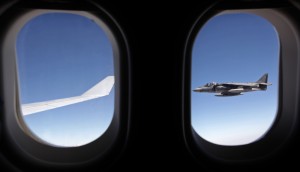
This was seen as well in the Jericho Dawn Exercise, which was held the day after the Williams Seminar as well. Here the RAAF working with the Australian Army compared its current system of operations with one where assets such as the Tiger could be connected in such a way as to operate more as a joint asset.
As Air Commodore Lennon put it with regard to the Tiger helicopter:
“The Tigers are a great example because the Australian specifications were set many years ago before the F-35 was approved and we really weren’t as an air force even thinking in that fifth generation space.
We were just looking at getting the aircraft as an Army platform, not one that can operate as both a force within and a contributor to the joint battlespace. It was basically procured as an army asset as opposed to a joint asset.”
In effect, what Lennon was discussing throughout was shaping a join workspace within which the Army as the ground maneuver force was thinking through and operating with the Air Force as the diverse provider of core capabilities, air superiority, strike, ISR, C2, lift and tanking, in terms of how best to work together to shape the desired effect.
And this was not a rear mirror look, but forward leaning with regard to working with Army and Navy.
An example of this was our discussion of the intersection of the new amphibious ships with the Air Force tanker.
“The KC-30A is very likely to be operating in the same area of interest as the amphibious ship.
What can the tanker provide for the ship in terms of various types of support?
We have the opportunity to think about this at the same time as we introduce the one and evolve the other.”
Shaping a more open ended look at communications links and how they could affect concepts of operations is a key part of the Plan Jericho thought process.
“The whole idea of Jericho is that the assets will work together. We’re actually discovering capabilities on radios that we didn’t know they had, such as the ability for some radios to automatically do retransmissions.
So when the aircraft is just flying along, it can be retransmitting signals from the ground.
This gives us other opportunities to use those capabilities to support ground forces after you have landed those forces.”
And the situational awareness built into the KC-30A is allowing the tanker crew to expand how they operate and think within the battlespace.
“We have the ability to broadcast and receive data with low probability of intercept communications.
We can see where each other are so we don’t need to stay in one point.
If we move, our receivers can see where we are and, and vice versa.
So we have always tried to reduce the distance that the receiver has to fly because that gives him more time on the station.
But equally, when it comes off the tanker, we want to be closer to where that asset is going.
Whether it’s on station or back to base, there’s no point in dropping them off at the wrong end of the orbit because then they’re just going to burn all the fuel flying all the way back again.
With our C2 and related capabilities we can now do this more effectively.”
There was a dramatic case of where the KC-30A moved to an aircraft in trouble over the skies of Iraq.
A USMC Hornet lost an engine, and was in danger of going down in an area where it might not be good for the pilot to land or bail out.
The KC-30A came to the Hornet and supported it as the aircraft had to fly down in a cascading pattern to get back to base.
“Link 16 can tell you where the assets are and the fuel status of the air combat force. But it cannot tell you about intentions.
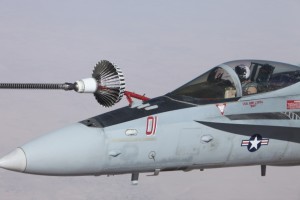
You get that from listening to the chat.
In this case, the pilot was listening to the chat and discovered a problem.
He then flew to the problem.
The Marine Corps Hornet had lost an engine and could not stay level at the refueling speed, so they set up a descent pattern to work the problem.
They could not do that until they were outside of the core combat area.
They set up what is called a toboggan where you just slow the descent so the Hornet could keep up his speed to get refueled.
And of course as he transferred fuel, he got heavier which in turn made it more difficult to keep your speed up, but the tanker adjusted to the need for the Hornet.”
With regard to tanker, the RAAF is thinking about the future modifications of the KC-30A and clearly doing so from the Plan Jericho perspective.
This means not simply from an air-to-air perspective but from a joint perspective.
“We’re getting lots of ideas obviously from all quarters.
And it’s not just army in terms of Air-Land Integration.
It’s from air force itself and, and it’s from different quarters of the organization.
In that process we’ll start to prioritize what we need.
The number one priority might actually take three years and a lot of money to implement but we will look for low-hanging fruit as well which can be implemented and funded in a much shorter period of time as well.”
Air Commodore Lennon highlighted an important development, which Airbus was working on for the tanker.
“They are working hard on building an autonomous boom where the boom will actually work out where the receptacle is and fly itself into contact.
This will ease the workload for the tanker crew, and provide significant capabilities to fuel new assets coming to the tanker, such as UAVs. It would be an important step forward.
If you have a good reliable autonomous system, then the boom operator is not tiring as quickly and so you can stay on station longer and enhance your persistence in the battle space.”
Editor’s Note: In the slideshow above, the KC-30A is seen refueling a variety of aircraft as the types of aircraft which can be tanked by it have rapidly expanded over the past few months.


